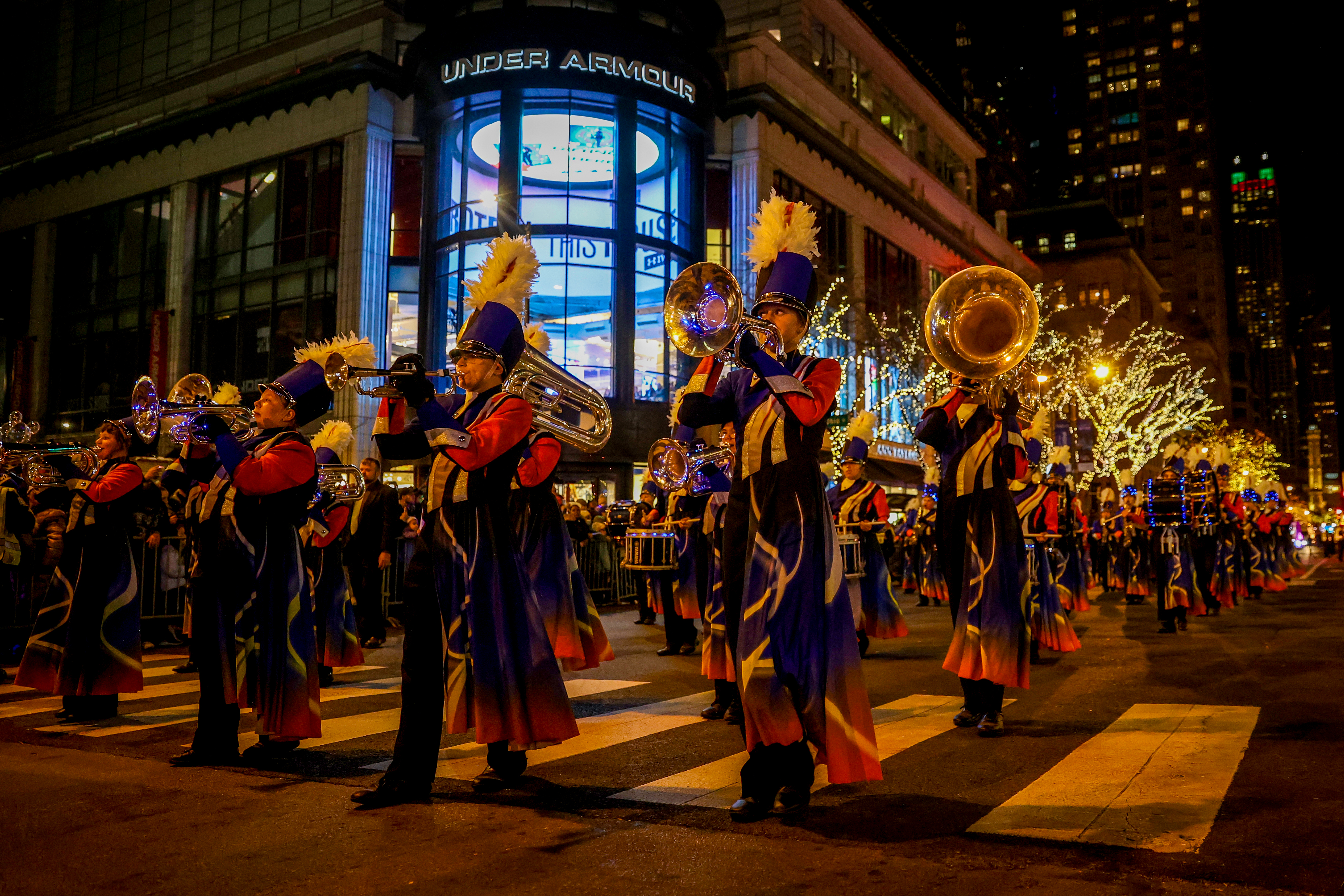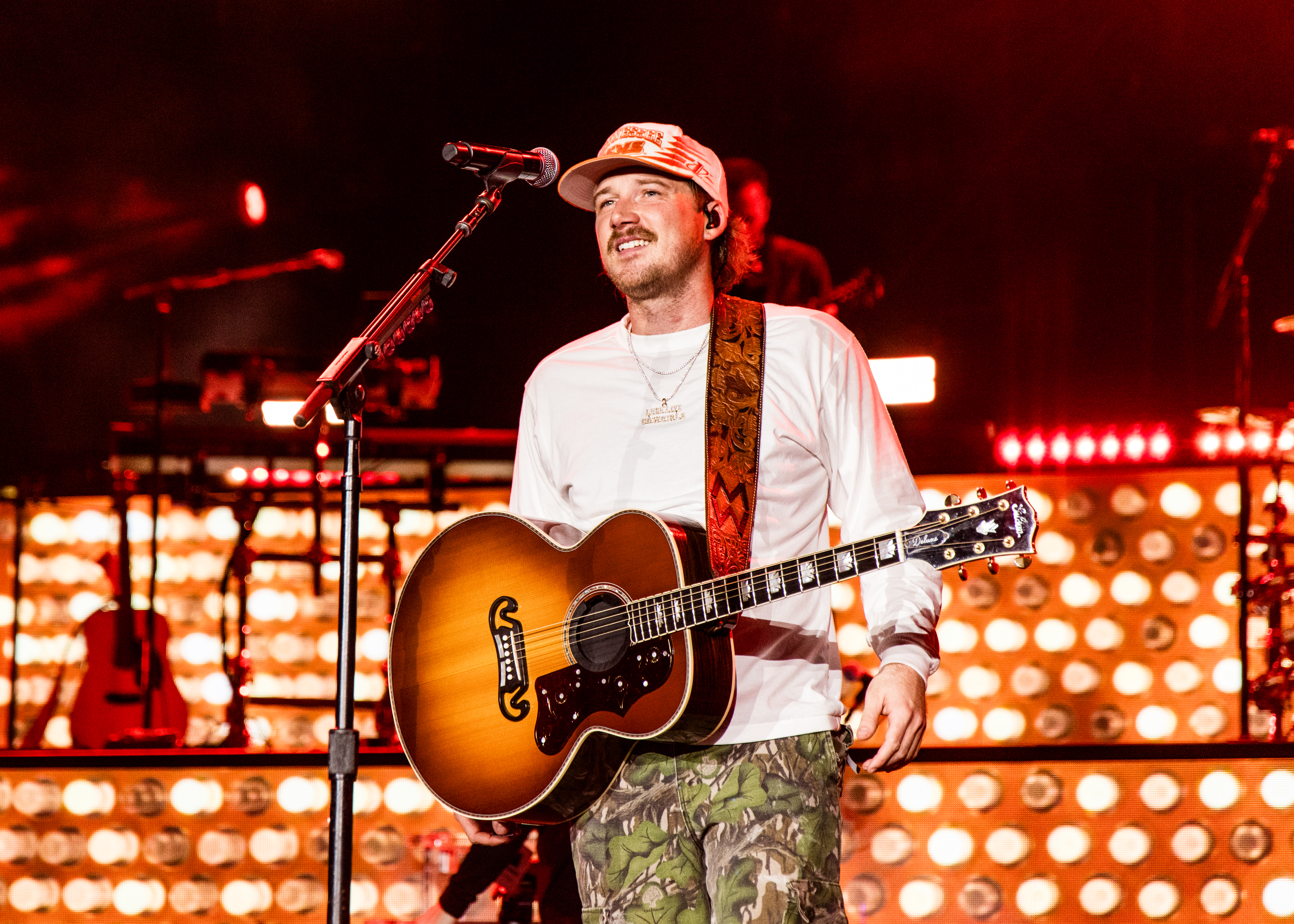A heavy band of snow from central and eastern Wisconsin was creeping into Illinois Thursday morning, with bursts of wet, "wind-whipped" snow and slush expected to fall during the morning commute.
The incoming snowfall -- the Chicago area's first of the season -- led the National Weather Service to issue a winter weather advisory for Cook, Kane, Kendall, Will, McHenry, Lake, DuPage and Kenosha counties, expected to last through 1 p.m. In Kankakee County, along with Lake, Porter, Newton and Jasper Counties in Indiana, a winter weather advisory was in effect until 3 p.m.
MORE: How much snow could Chicago see? Here's the latest forecast
According to the NWS, the heaviest snow was set to fall beginning around 8 a.m. in Chicago's northern counties, with low visibility and travel impacts likely.
By 7:30 a.m., roads had already become slick, with spin-offs and crashes already reported as winter-like driving conditions moved in.
As the snow arrives in Illinois, here's a timeline of what to expect and when
Thursday morning
Local
Light snow from Wisconsin had begun to cross over into Illinois northern counties around 7:30 a.m., Chicago weather radar showed, with heavier snow expected in Lake and McHenry counties through 9 a.m., the NBC 5 Storm Team said.
"This is just the onset," NBC 5 Meteorologist Alicia Roman said, just before 8 a.m., warning that more snow was on the way.
Feeling out of the loop? We'll catch you up on the Chicago news you need to know. Sign up for the weekly Chicago Catch-Up newsletter.
The snow was expected to become heavier as the morning goes on, with heavy bursts quickly overspreading the Chicago metro area, from north to south, the NWS said.
Chicago weather radar: Track ‘bursts' of heavy, wet snow for Thursday commute
By 9 a.m. or 10 a.m., the snow -- heavy at times -- was expected to reach Chicago, the NWS added, with travel conditions expected to "quickly deteriorate" and the worst conditions expected in the metro area.
The snow will be accompanied by wind gusts of up to 45 miles-per-hour in some parts, with a wind advisory going into effect at 10 a.m. for the entire area.
Between 10 a.m. and 11 a.m., the snow will travel further southeast, hitting parts of northwest Indiana. By around 11 a.m. to 12 p.m., the snow will move into the Kankakee and Rensselaer, NWS maps showed.
Snow, heavy at times, will quickly overspread the Chicago Metro area, from north to south this morning. Snow will be accompanied by wind gusts of 30-40 mph & accumulate at rates of 1”+ per hour during the heaviest bursts. Travel conditions will quickly deteriorate this morning. pic.twitter.com/ZQL1iH2JSE
— NWS Chicago (@NWSChicago) November 21, 2024
Quick bursts of snow were expected throughout the morning through 12 p.m., Roman said, with snowfall rates at one inch per hour.
"A lot of accumulating snow in a short amount of time," Roman said.
According to the NWS, reduced visibility, snow and slush covered roads and slippery travel could be expected, with slushy accumulations between two and four inches. Later Thursday, those accumulations were expected to melt or become washed away.
Thursday afternoon
Snow will transition to rain around 1 p.m., Roman said, with more rain expected through Thursday evening. As the rain moves in, winds were expected to pick up, Roman said, with gusts as high as 50 mph in some parts.
According to the NWS, gusty winds could reduce visibility through 8 p.m.
MORE: As snow moves in, is it illegal in Illinois to leave your car ‘unattended' while warming it up?
Temperatures Thursday will remain in the 30s and 40s, the NBC 5 Storm Team said, though winds would make things feel much colder.
"Some of the coldest air this season," Roman said. "When you factor in the wind, it will feel a lot colder. Just a raw day expected."
As the snow and rain moves out, the Chicago area will see a mostly dry and warmer weekend, Roman said, with temperatures in the 50s. By next week though, temperatures will dip back down in the 30s, with another chance for flurries on Thanksgiving, Roman said. hills making the air feel like the teens or 20s.



